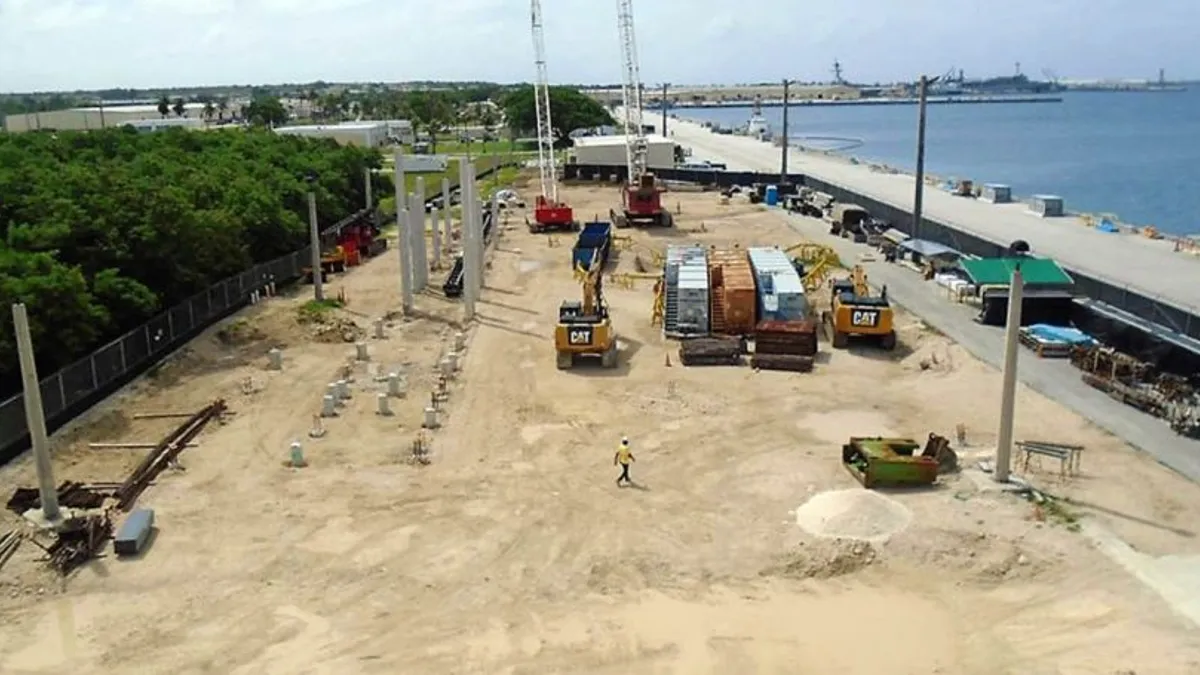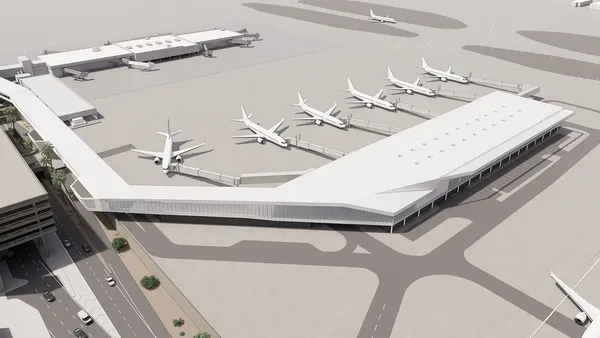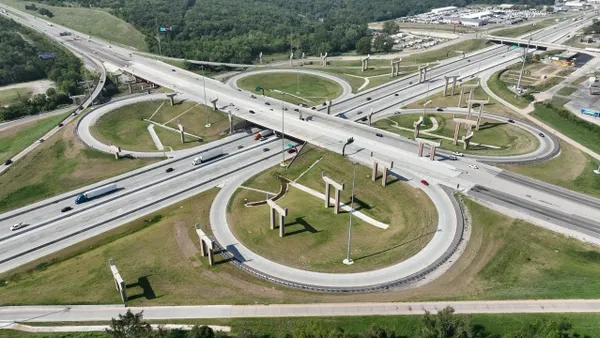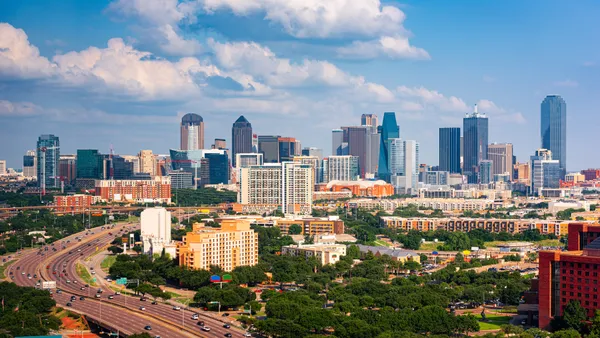Dive Brief:
- President Donald Trump has signed America's Water Infrastructure Act of 2018, authorizing almost $6 billion of projects. The act includes Army Corps of Engineers projects under the $3.6 billion Water Resources Development Act and reauthorization of the Water Infrastructure Finance and Innovation Act, which authorizes the Environmental Protection Agency to loan money for eligible water and wastewater infrastructure construction.
- The projects listed in the act still must apply for funding, but potential initiatives include the $15.6 million Houston-Galveston Navigation Channel Extension; the $306.5 million Ala Wai Canal project in Hawaii; $922 million replacement lock at Soo Locks in Sault Ste. Marie, Michigan; and the $3.2 billion Sabine Pass to Galveston Bay hurricane and flood risk reduction project in Texas. The Galveston Bay project would see the largest federal outlay — $2.2 billion — for the "coastal spine." The act also unauthorizes about $4 billion of stalled or defunct projects.
- At the signing this week, Trump said the legislation is a "major step" toward fixing America's infrastructure and that the act would provide the money and tools to upgrade coastal ports; reduce flooding; repair ecosystems; restore and maintain inland waterways; overhaul dams, hydropower and irrigation systems; and improve drinking water infrastructure. The president also touted the bill's "Buy American" provisions, which includes a five-year mandate to use American-made steel and iron on projects built under the act.
Dive Insight:
The act will provide some relief for communities that struggle with water project funding, but, according to the American Society of Civil Engineers, it would take $1 trillion to meet U.S. water infrastructure repair and construction needs. The EPA pegs the amount at about $743 billion.
Because many state and regional water authorities must come up with the money to pay for these projects, even if they're in line for a federal grant, programs like the EPA's WIFIA loan initiative are an important tool. This is evidenced by the number of applications the EPA receives for loans, a limited amount given how great the need is.
In August, the agency said it processed a record number of letters of interest from those wanting to participate in the WIFIA program. The requests totaled more than $9 billion, according to the EPA — almost twice the amount of the agency's available funds.
Thus far, the EPA has issued more than $1 billion in WIFIA loans.














